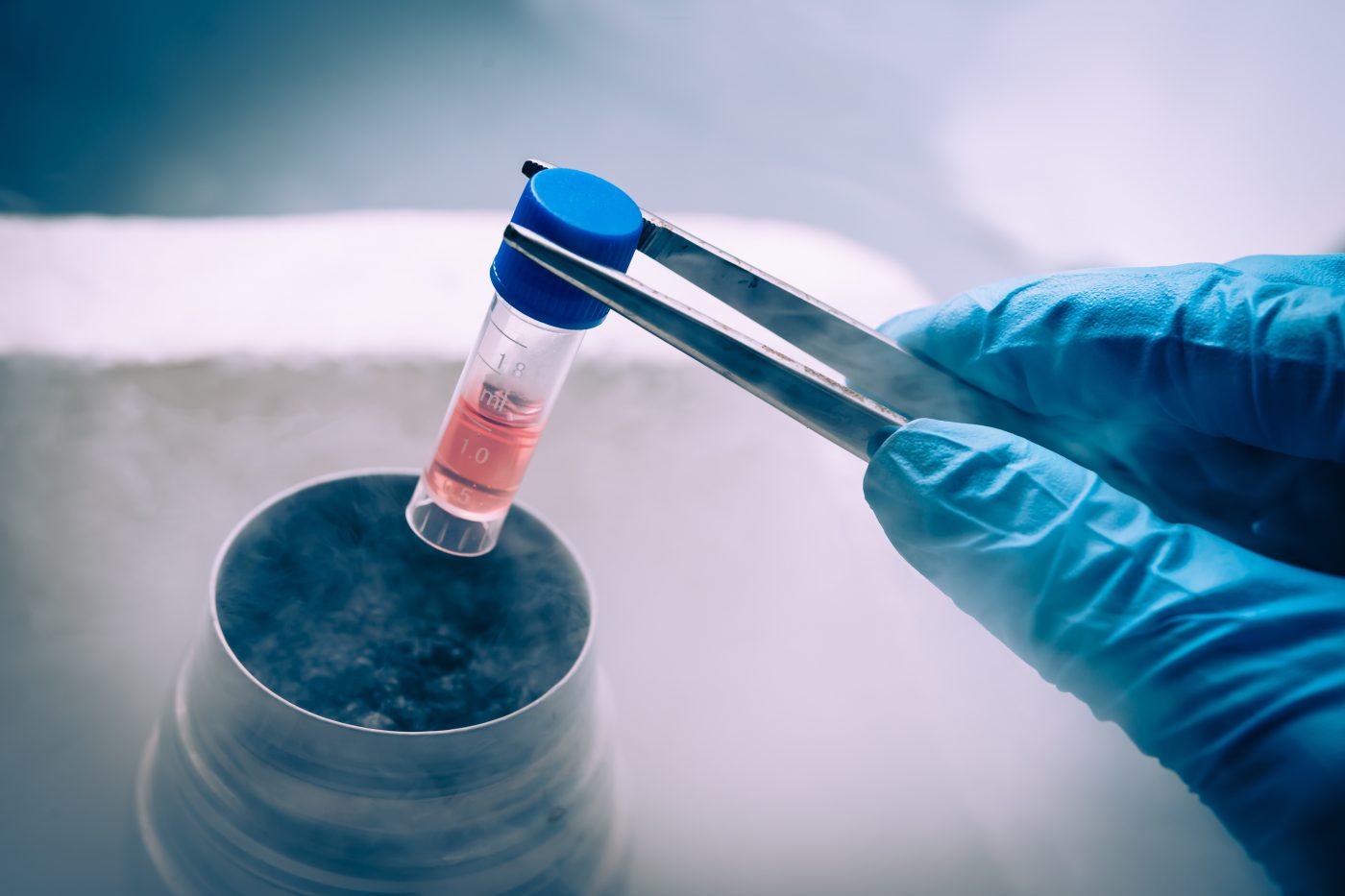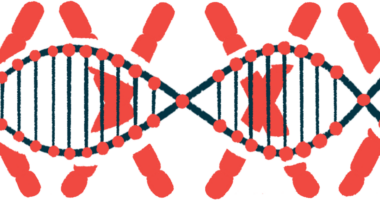Stem Cell Transplantation in Muscular Dystrophy Models Studied in New Research
by |

Researchers at UCL Institute of Child Health in the United Kingdom reported new insights into muscle stem cell transplantation therapy in muscular dystrophy mouse models. The study was recently published in the journal Skeletal Muscle and is entitled “The effect of the muscle environment on the regenerative capacity of human skeletal muscle stem cells”.
Muscular dystrophies correspond to inherited disorders that lead to muscle weakness and wasting. A common and severe condition is Duchenne muscular dystrophy (DMD), a disease caused by mutations in a gene called dystrophin. DMD is characterized by a rapid progressive skeletal muscle weakness caused by chronic inflammation and the degeneration of muscle cells and tissue, which can compromise locomotion and the respiratory function, leading to breathing complications and cardio-respiratory failure. The disorder has a rapid progression and affects mainly boys. The majority of DMD patients require a wheelchair by the age of 12 and patients often succumb to the disease in their 20s.
Muscle stem cell transplantation has been suggested as a promising therapy for DMD, as these cells could potentially repair and regenerate muscle fibers. Apart from stem cells themselves, the host muscle environment is also thought to play a role in a successful stem cell transplantation procedure.
In the study, researchers evaluated the effect of modulating the host muscle environment in different ways, including irradiation, cryoinjury or a combination of both. The regenerative capacity of two stem cell types derived from human skeletal muscle (pericytes and CD133+ cells) was evaluated using two different immunodeficient mouse strains – mdx nude and recombinase-activating gene (Rag)2-/gamma chain-/C5-).
Researchers found that four weeks after intra-muscularly transplantation of both mouse strains with the human donor stem cell types, the number of nuclei and muscle fibers of donor origin in muscles modulated by cryoinjury or irradiation plus cryoinjury was significantly higher than in muscles modulated by irradiation only. The use of CD133+ cells as donor cells resulted in significantly more nuclei, muscle fibers and satellite stem cells of donor origin in comparison to pericytes. This result was especially observed in Rag2-/gamma chain-/C5- mice when muscles were injured by cryodamage or irradiation plus cryodamage.
The team concluded that a successful muscle stem cell transplantation is dependent on both the host mouse strain and the muscle environment. Rag2-/gamma chain-/C5- mice were found to be a better recipient mouse strain for human muscle stem cell transplantation, and cryodamage of host muscle the most effective technique to elicit a robust donor cell engraftment. Researchers emphasize the importance of modulating the muscle environment in preclinical studies to improve the efficacy of stem cell transplantation.







